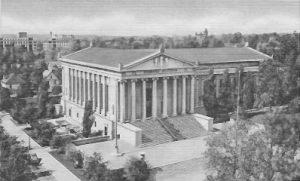History

Stambaugh Auditorium began as the dream of Henry H. Stambaugh, a prominent Youngstown Steel Tycoon and philanthropist. A native of the Briar Hill area, Henry grew up on Caroline St., which was named after his mother, and today is the same road which Stambaugh Auditorium’s northern wing faces.
Henry Stambaugh began his career as secretary of Briar Hill Iron and Coal Company, and slowly worked his way up to treasurer, and then finally president of the company. Throughout his professional career, Henry founded the Briar Hill Steel Company, became Director of the Youngstown Sheet and Tube Company, and sat on various boards for companies throughout the city of Youngstown.
Although he was primarily known as a successful business man, Henry was also a generous philanthropist as well.
In 1919, while on his way home to Youngstown from California, Henry Stambaugh passed away suddenly, after completing his will only 2 months prior. In his will, Henry had stated that he wished for a trust fund to be started for an Auditorium which would be constructed for the benefit of the people of Youngstown, the city which he called his life-long home. His brother, John, who worked as a businessman in the city as well, formed a group of trustees. This group came together for the first time on August 3, 1920 to hold the first meeting of the Henry H. Stambaugh Auditorium Association. As it would turn out, this association would become responsible for the planning, construction, and then the management of the Auditorium. Today, the Henry H. Stambaugh Auditorium Association is still the managing entity of the facility.
The association met with architect Harry Wiley Corbett of the New York firm Helmle and Corbett Architects. Corbett was recruited as the designer of the Auditorium, which he modeled closely to another public auditorium, now known as Symphony Hall in Springfield, Massachusetts, whose design is based on the Pantheon in Paris, France.
At the time of construction, the Auditorium cost $1.5 million to build, which today would be the equivalent of $35 million.
On December 5th, 1926, the opening ceremonies were held, with many influential guests in attendance. Unfortunately though, John had passed away prior to seeing the completion of the auditorium.
The first musical performance was held the following day, December 6th, 1926. Will Rogers was the main act of the concert, presented by the Monday Musical Club.
Today, Stambaugh Auditorium remains a space dedicated to advancing the arts in Youngstown, Ohio. A fine example of Greco-Roman architecture, the space underwent many renovations through the years, including the Jeanne D. Tyler Grand Ballroom, the Anne K. Christman Memorial Hall (formerly known as the Marble Room), and the Concert Hall. Each renovation was done with special care to stay as true to the original design of the spaces and original architecture as possible, including the renovation of the Historic E.M. Skinner Pipe Organ, which was original to the building and is still used in orchestral concerts as well as wedding ceremonies. More recently, the Auditorium underwent a complete renovation and reconstruction of the 5th Ave. Steps and Facade.
Stambaugh Auditorium was added to the National Register of Historic Places in 1984.






